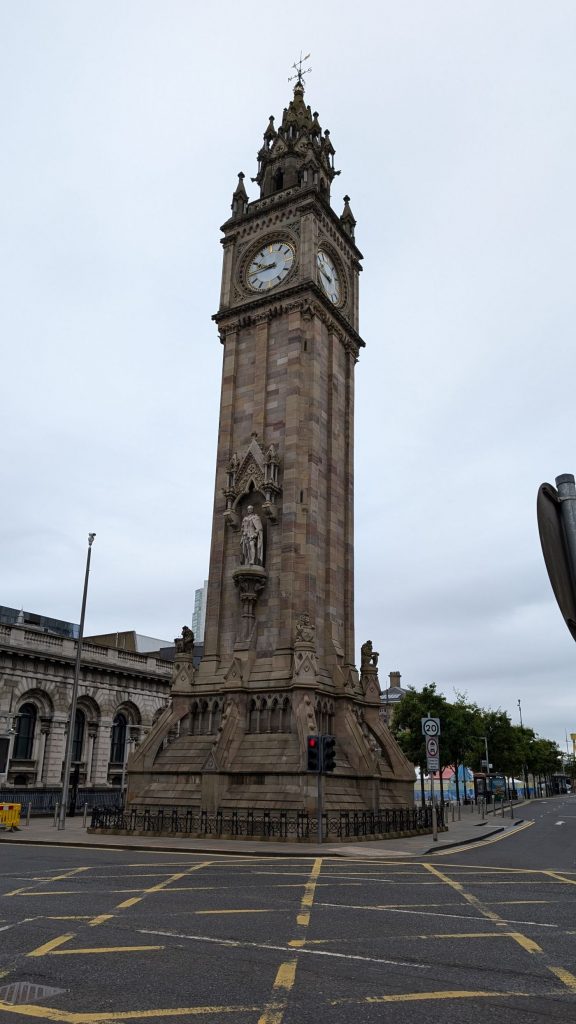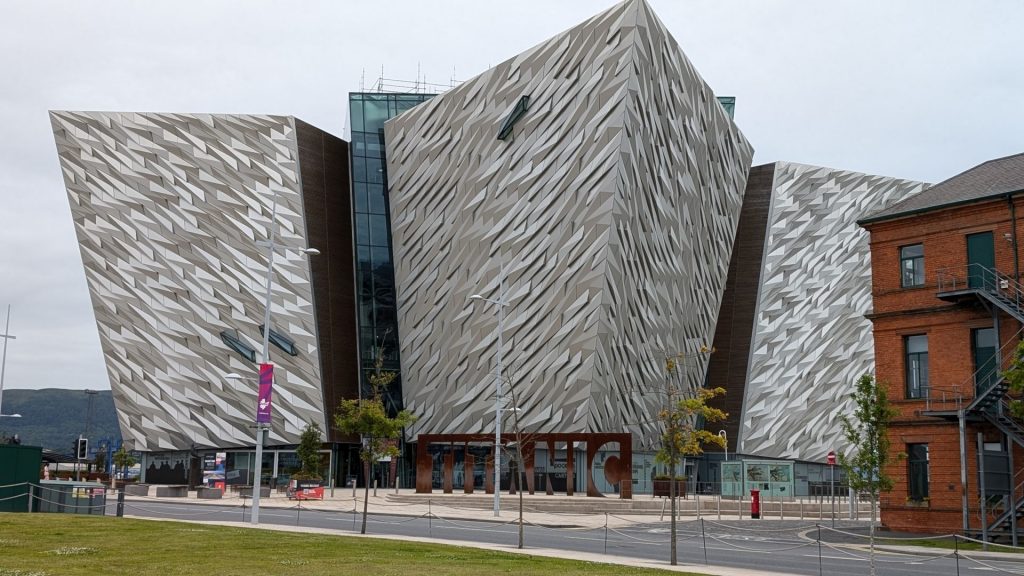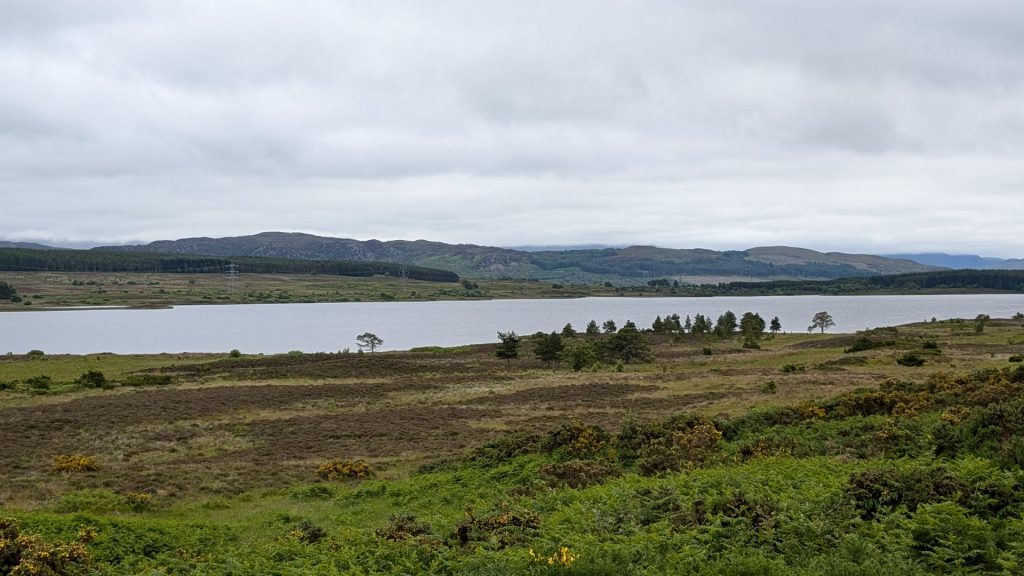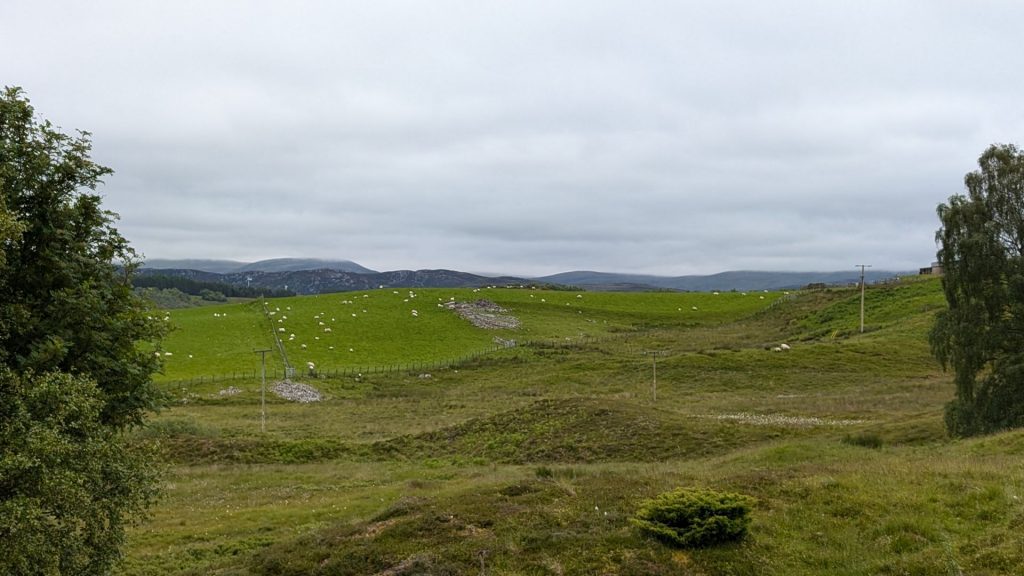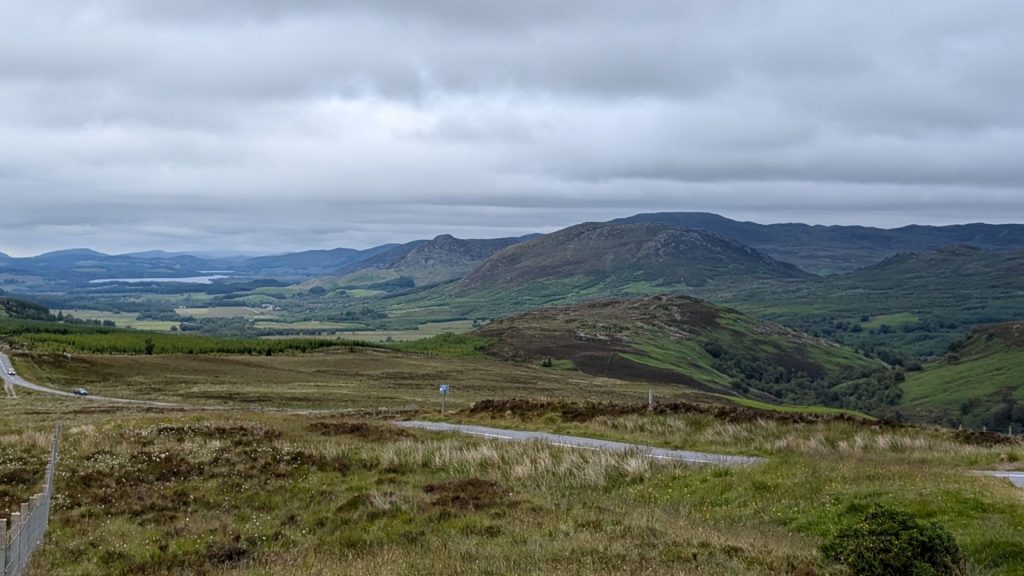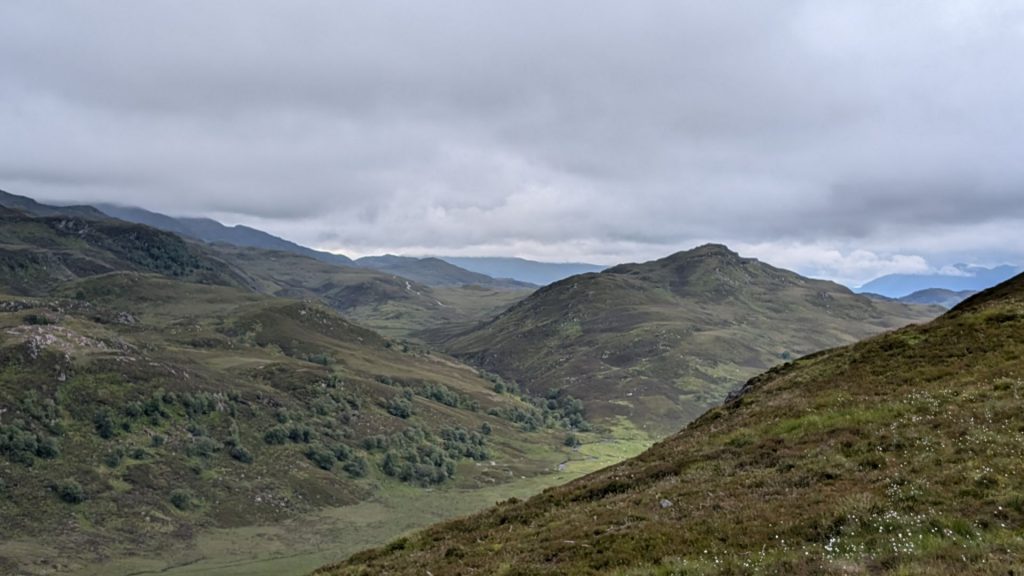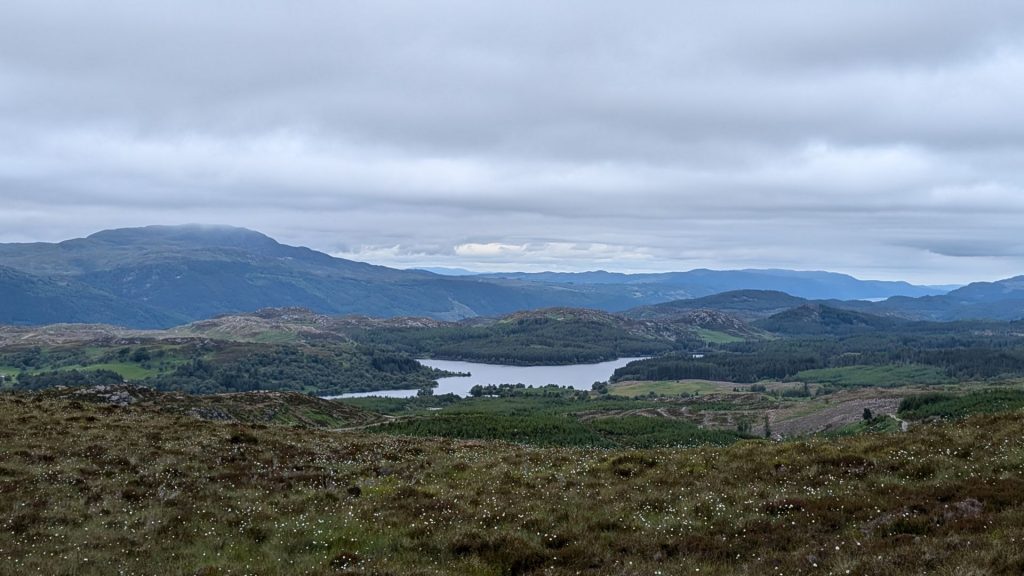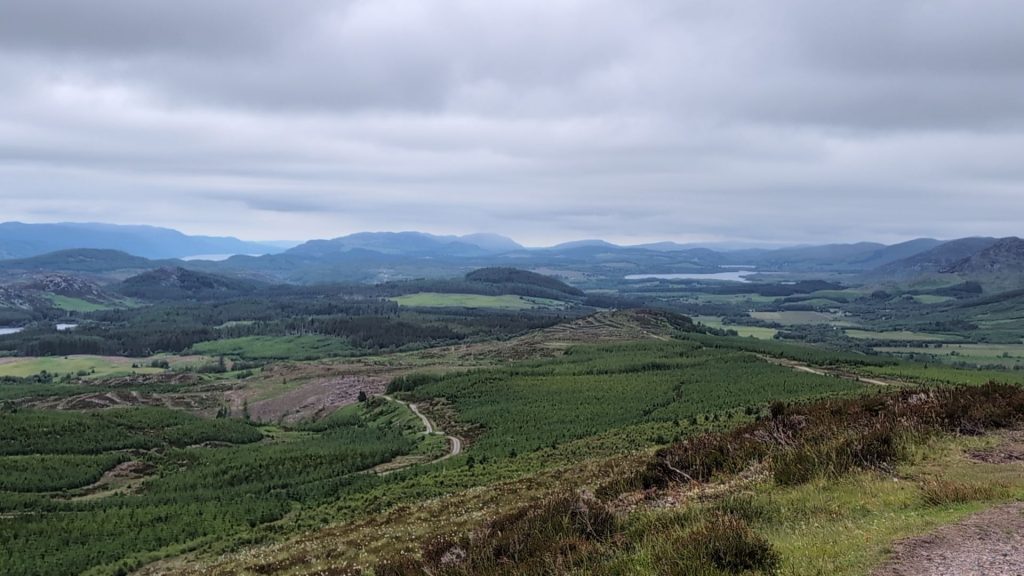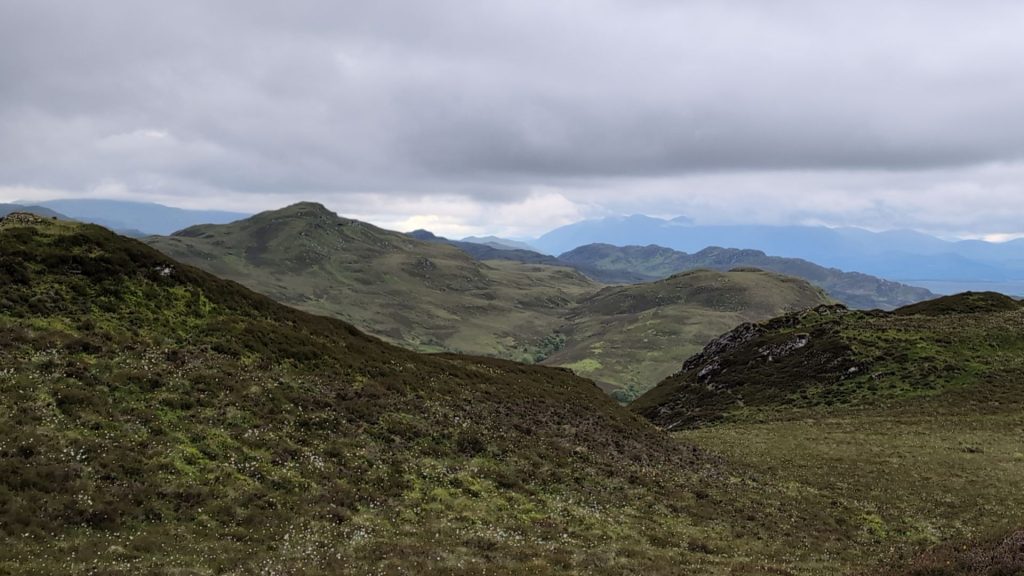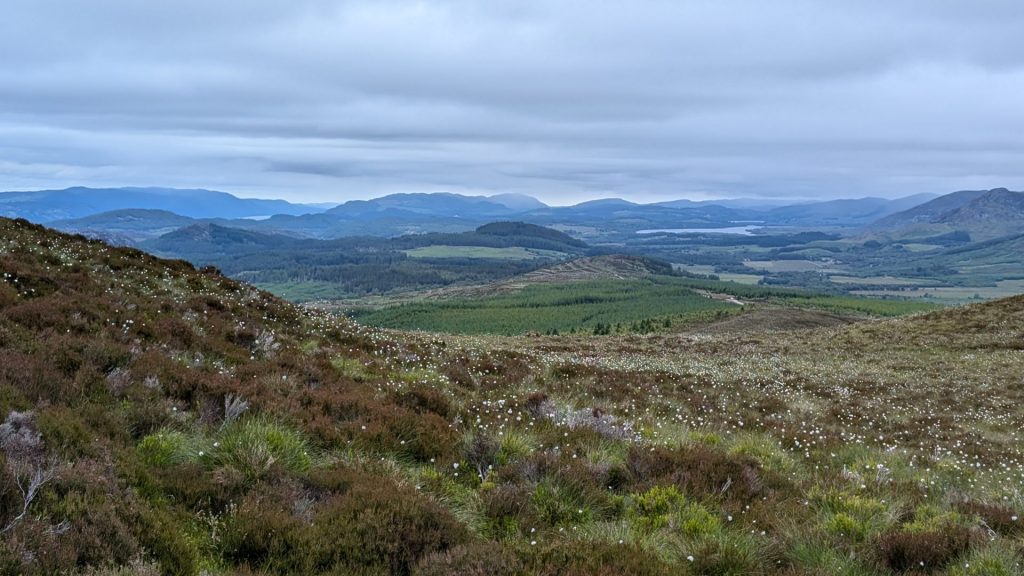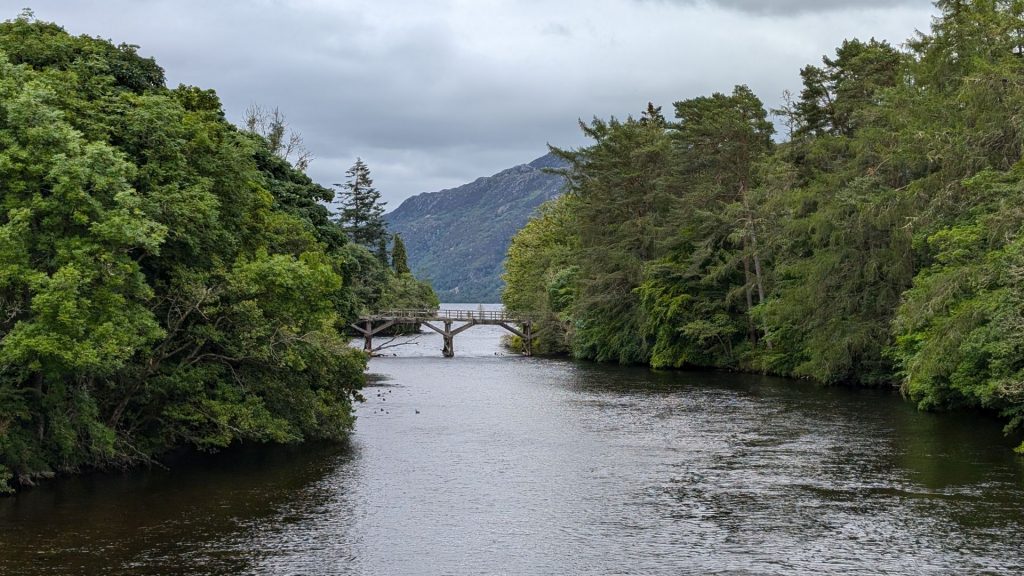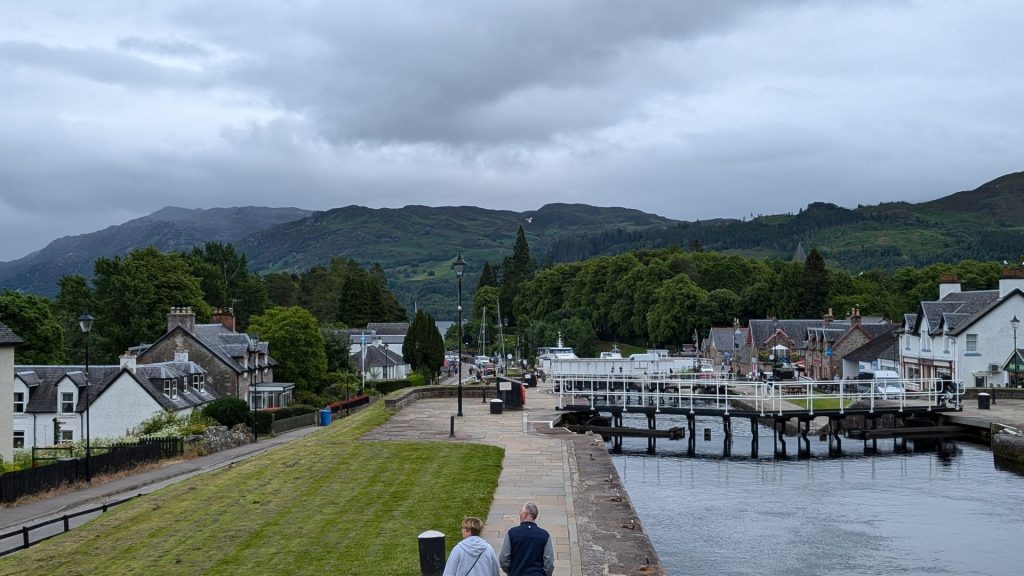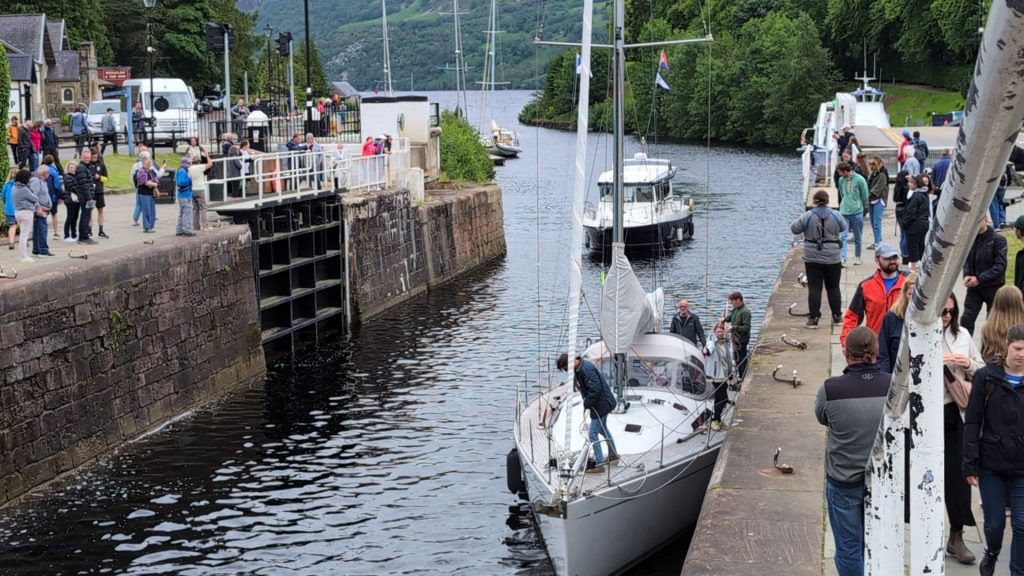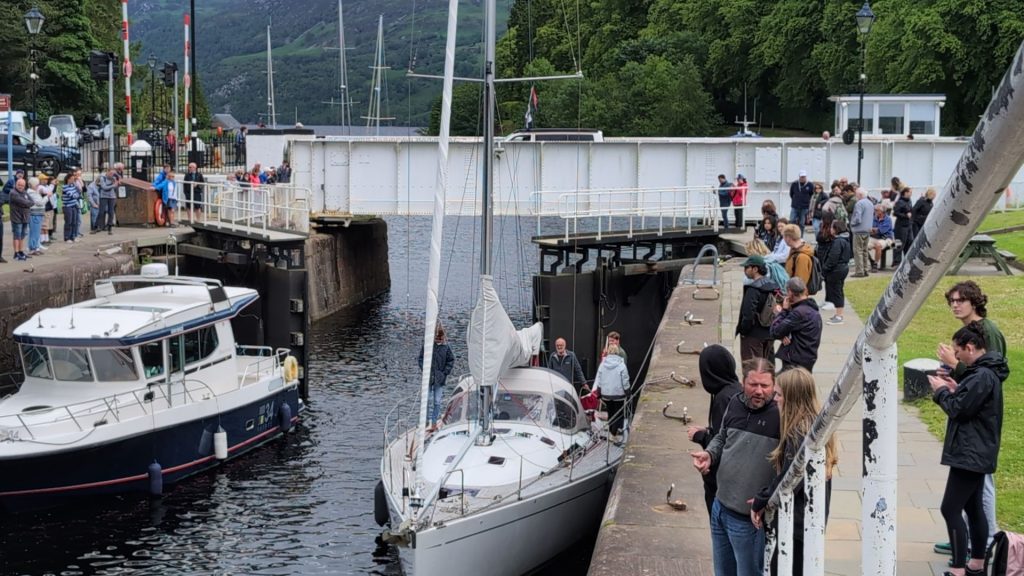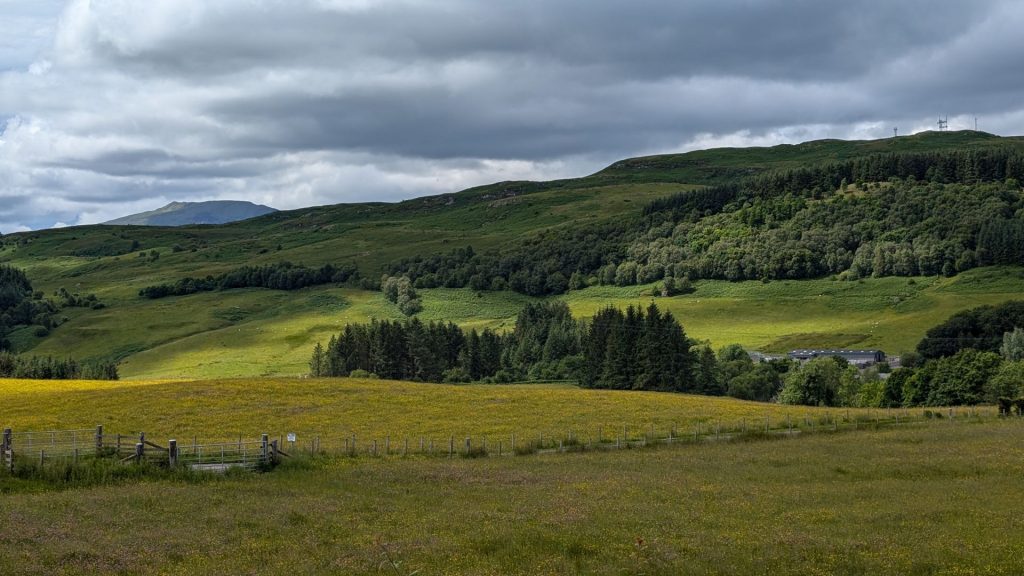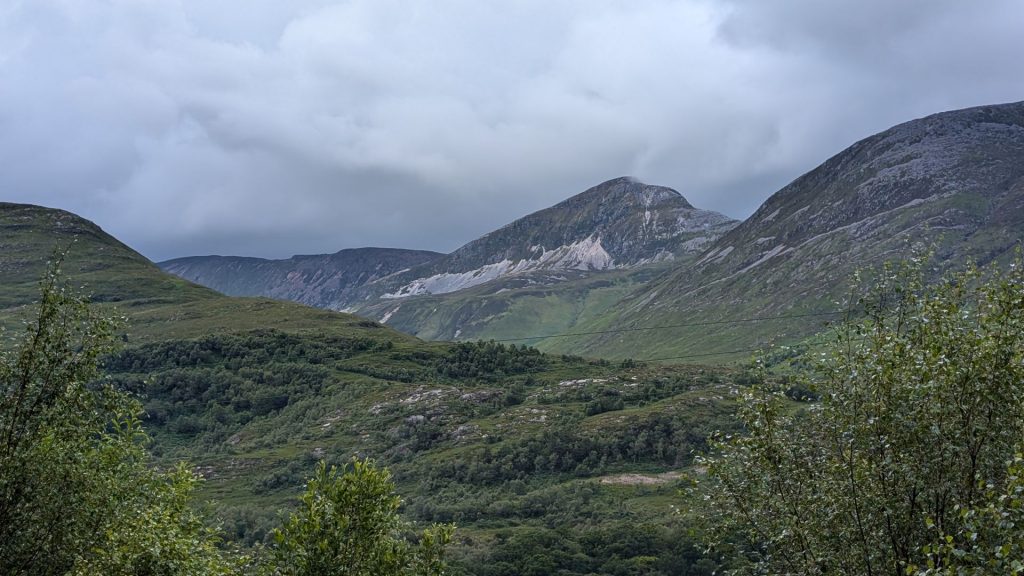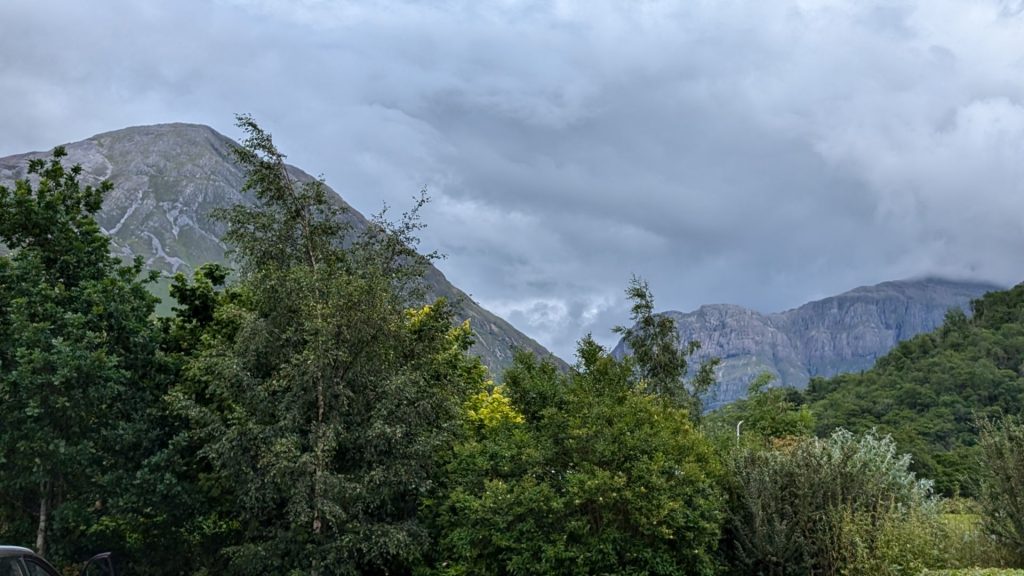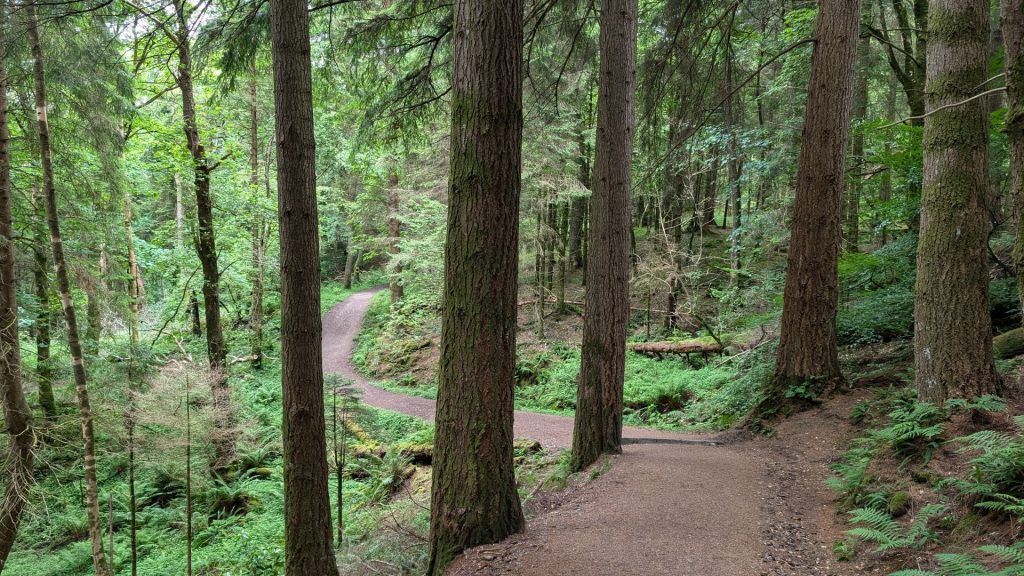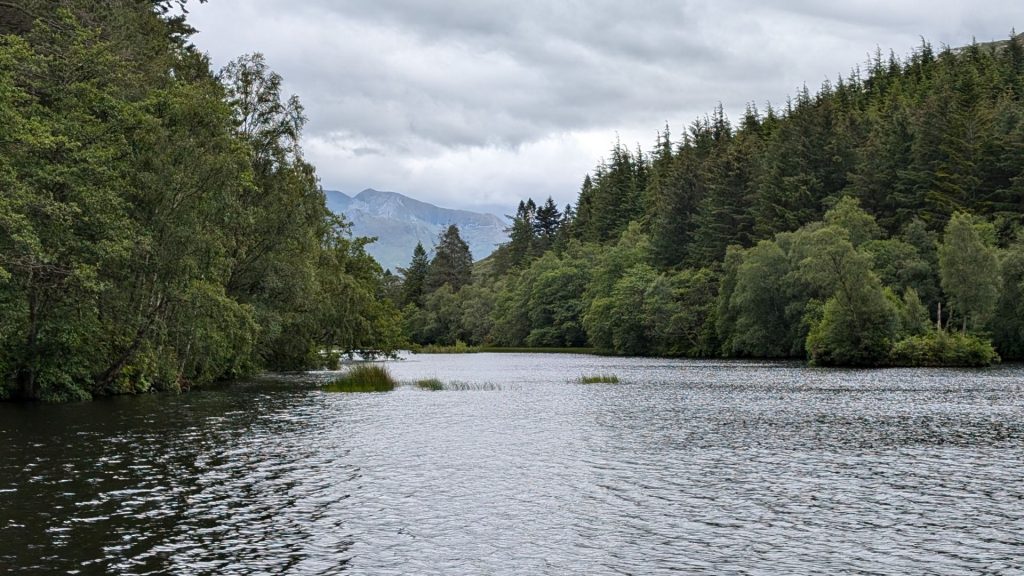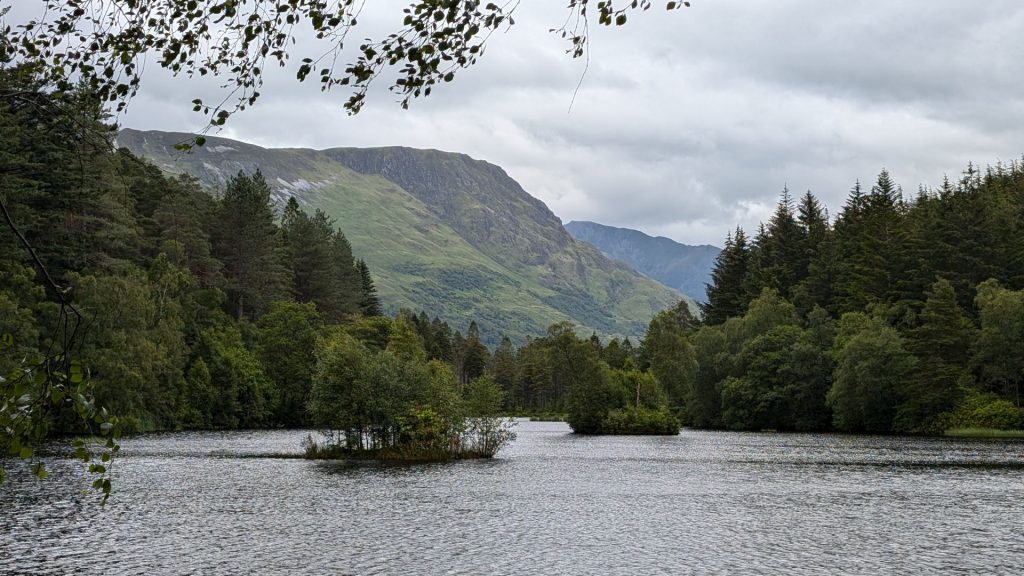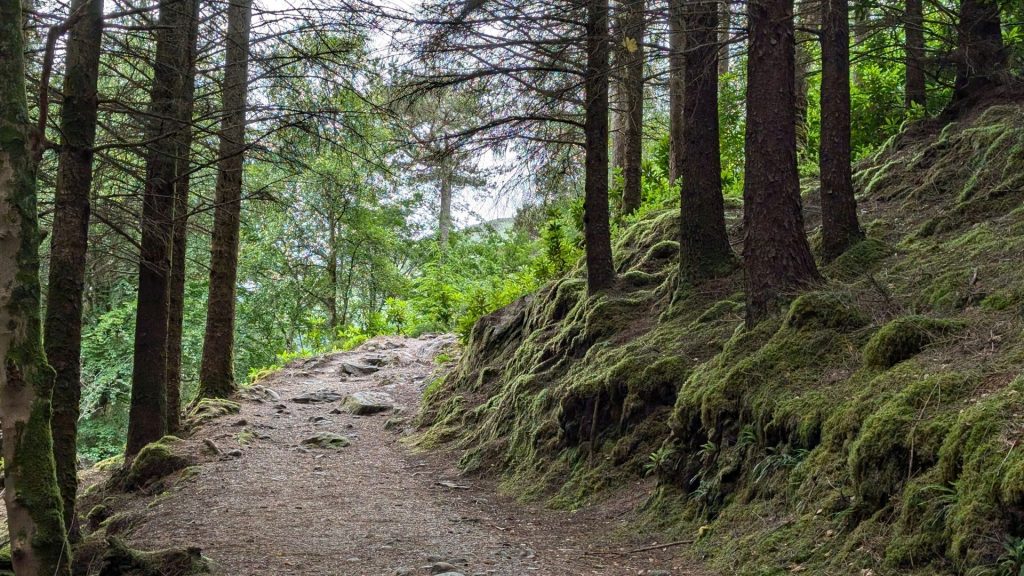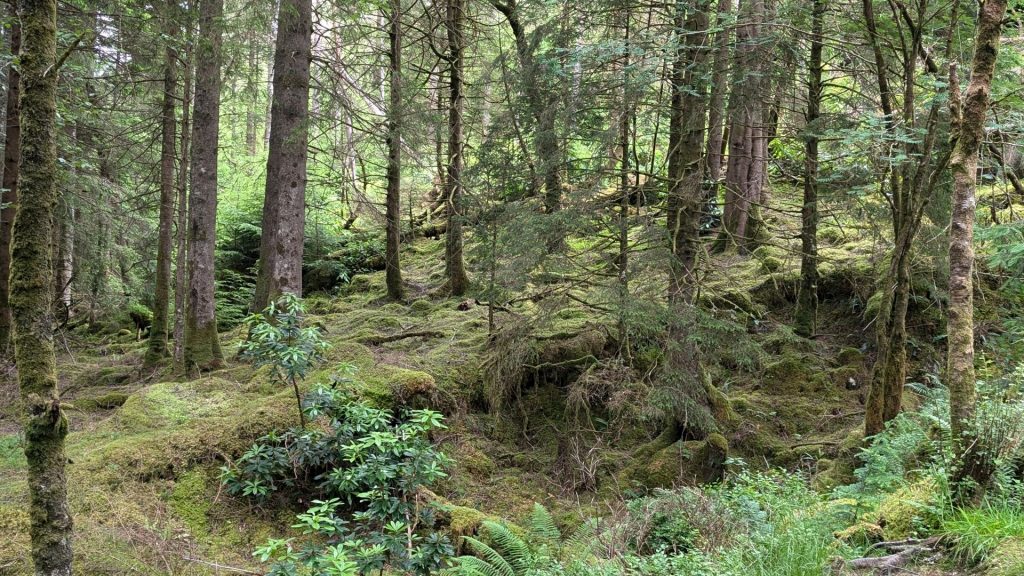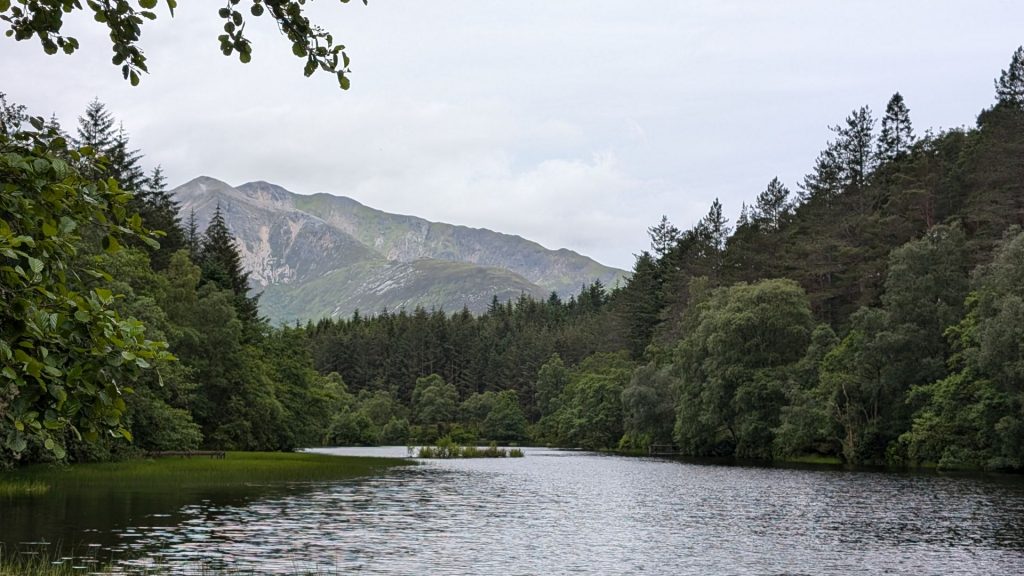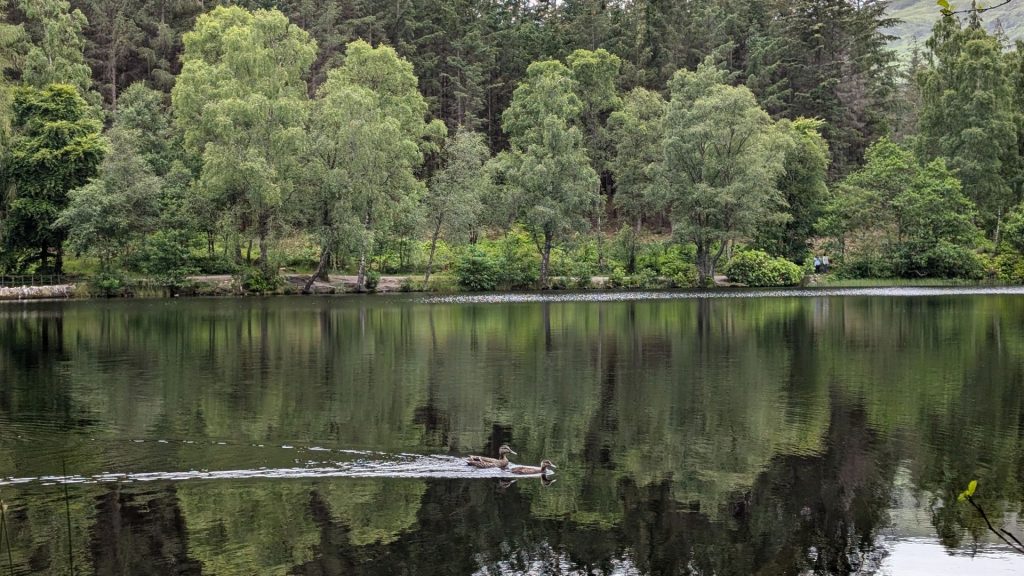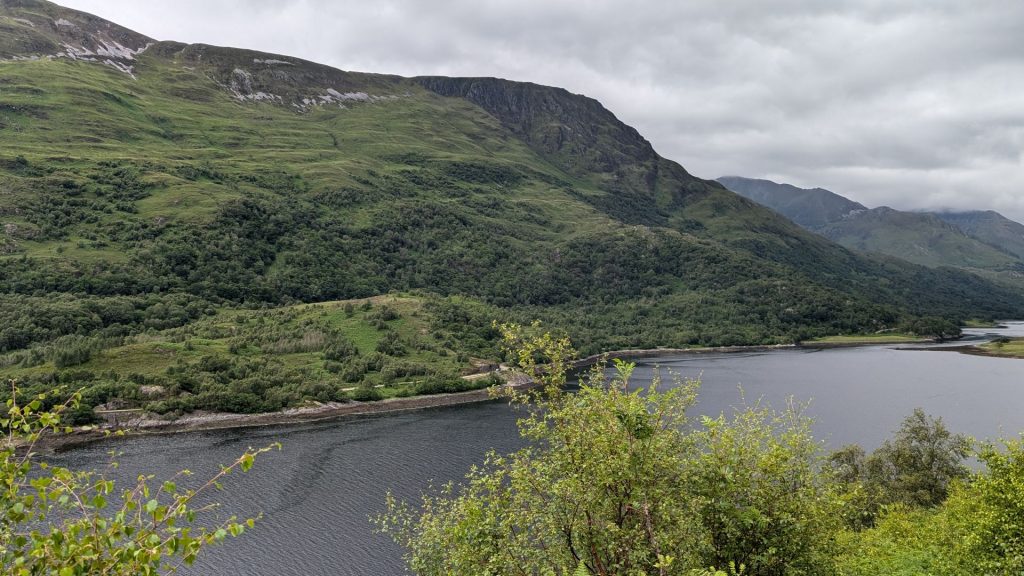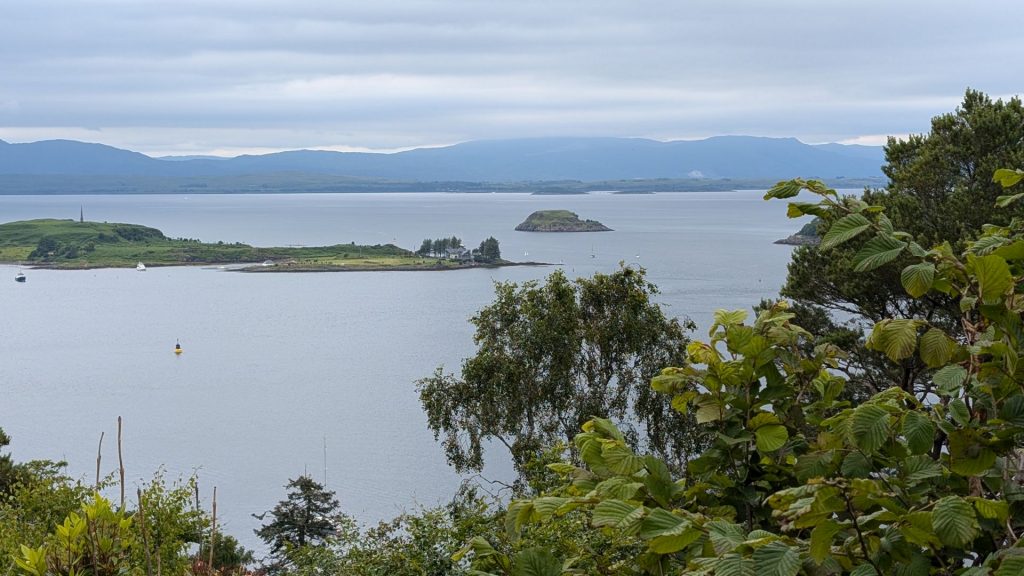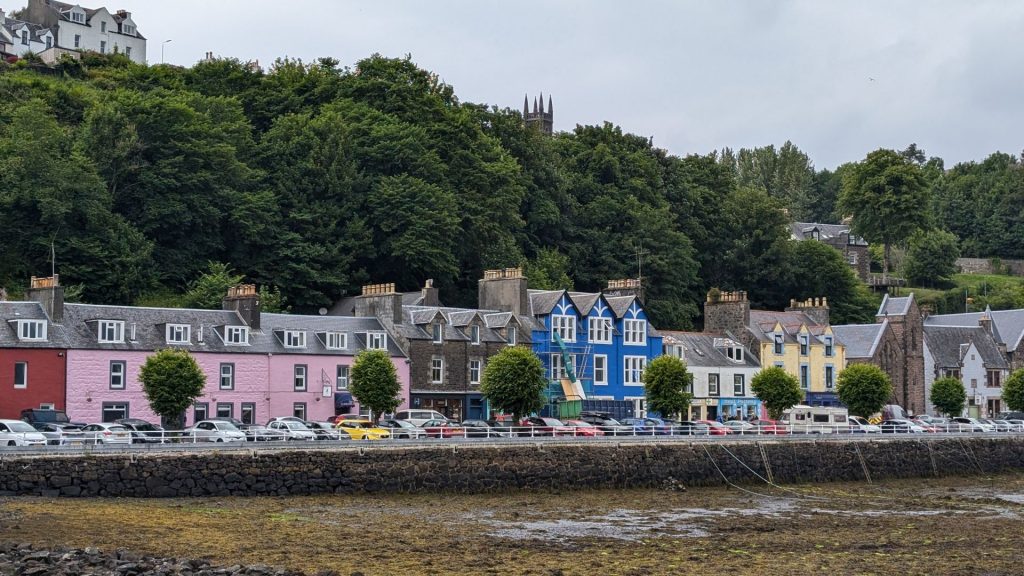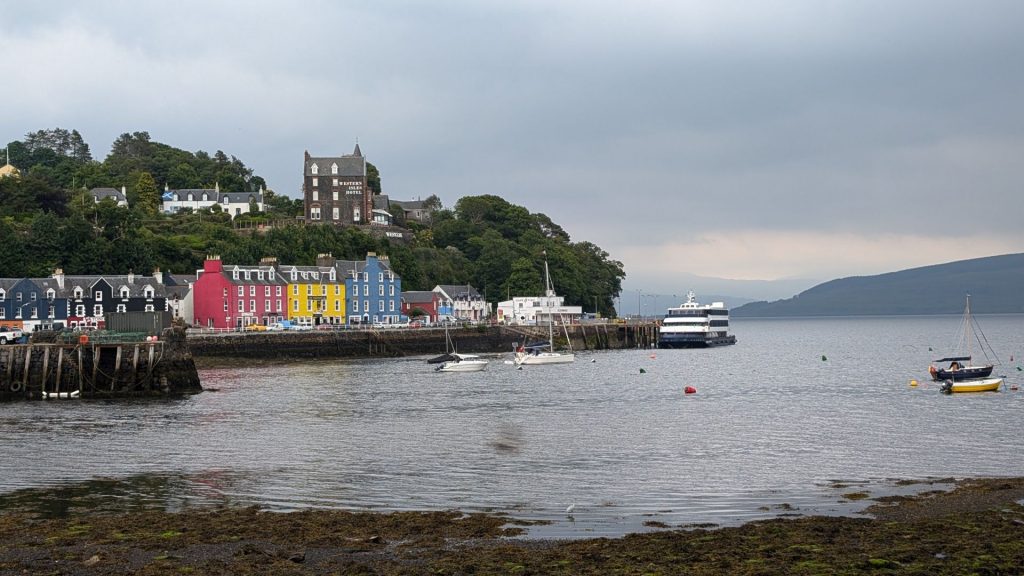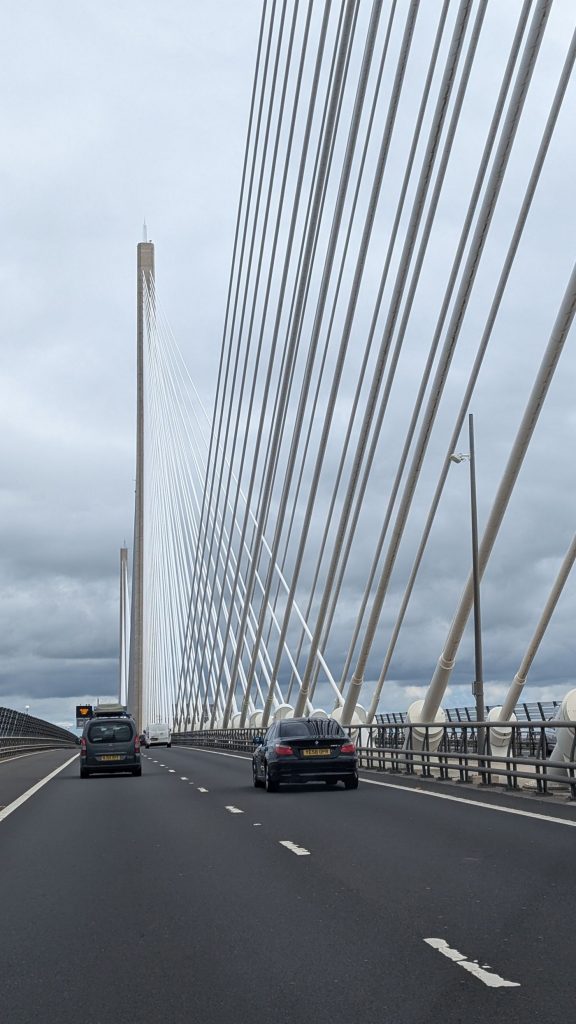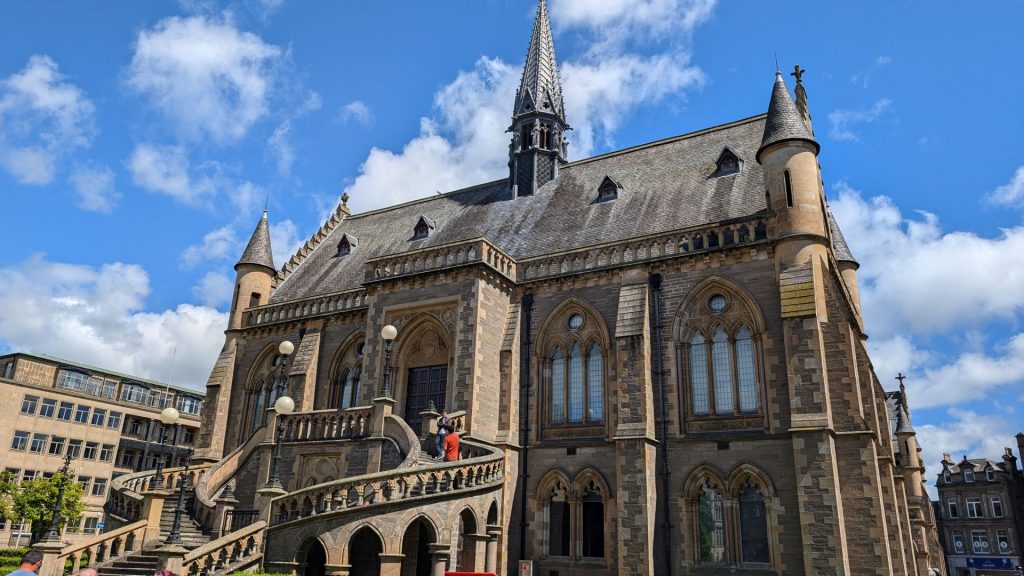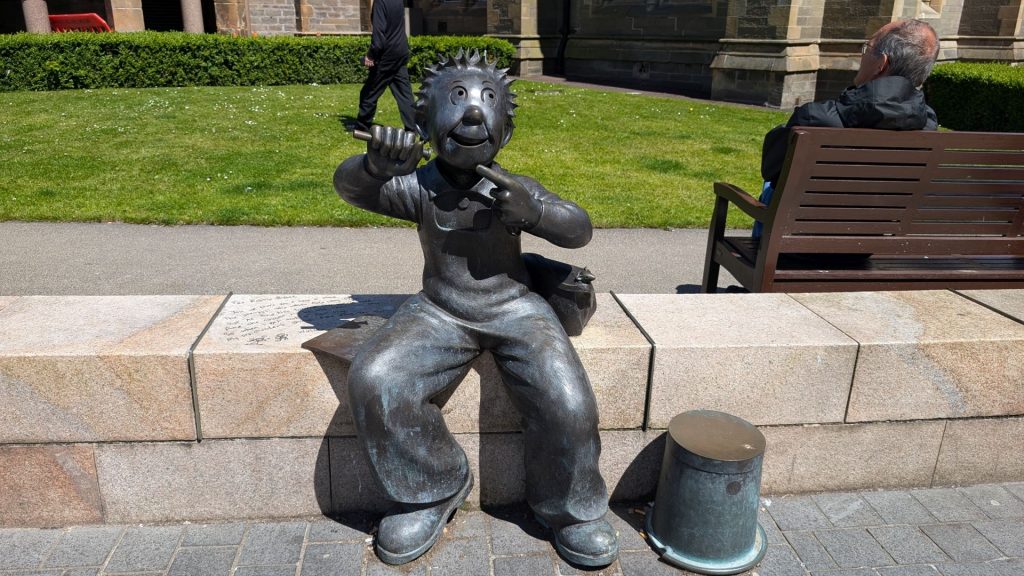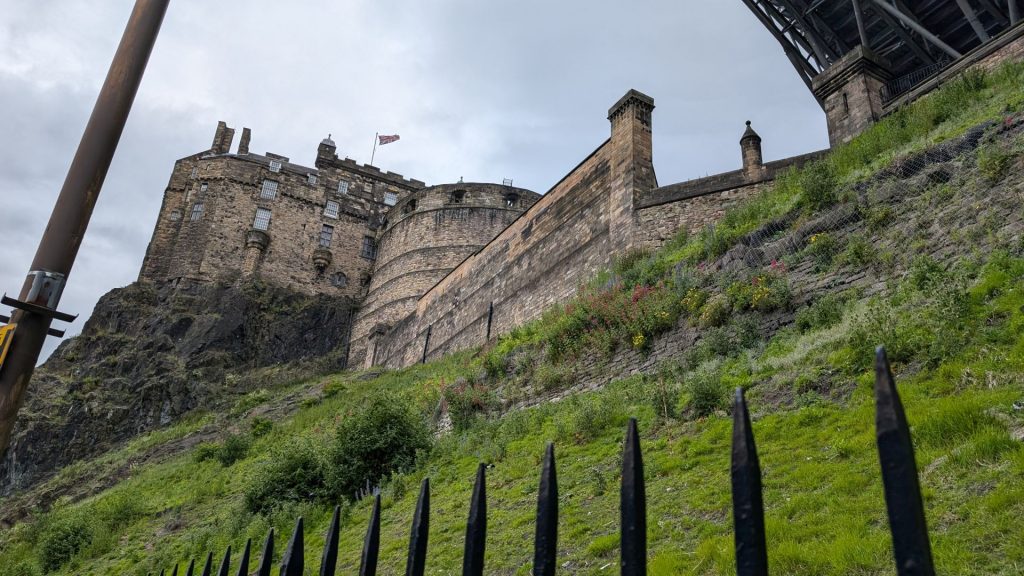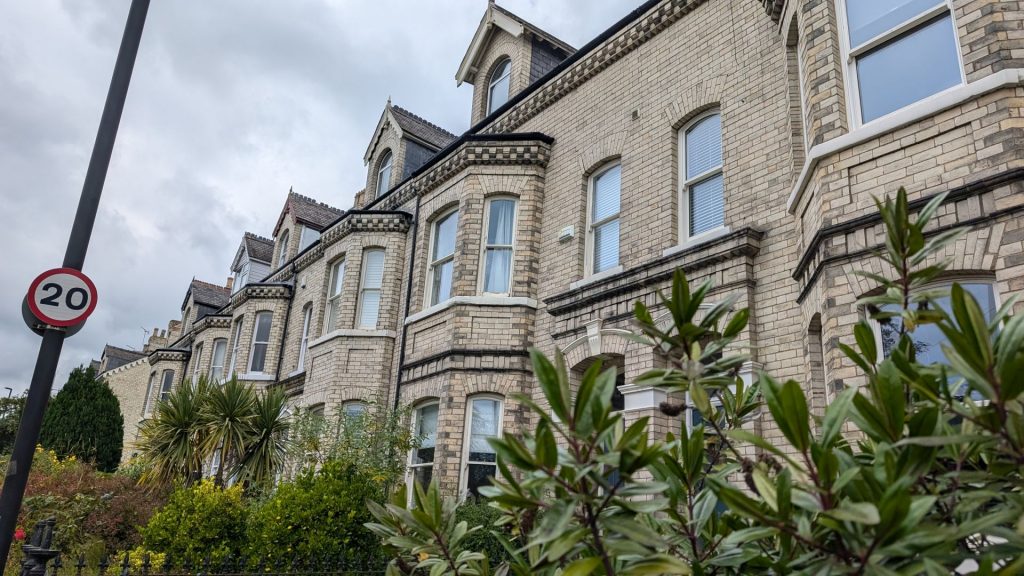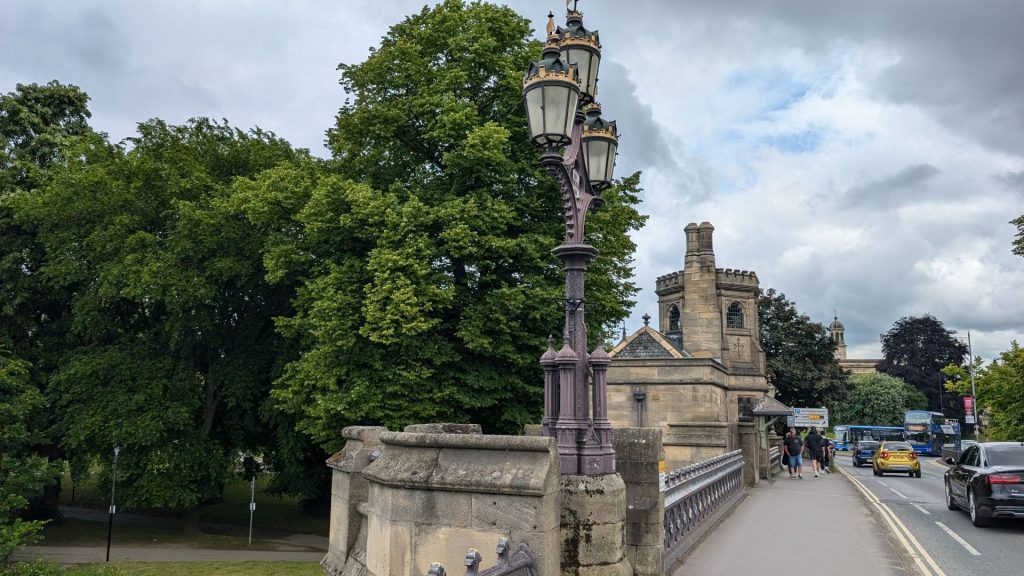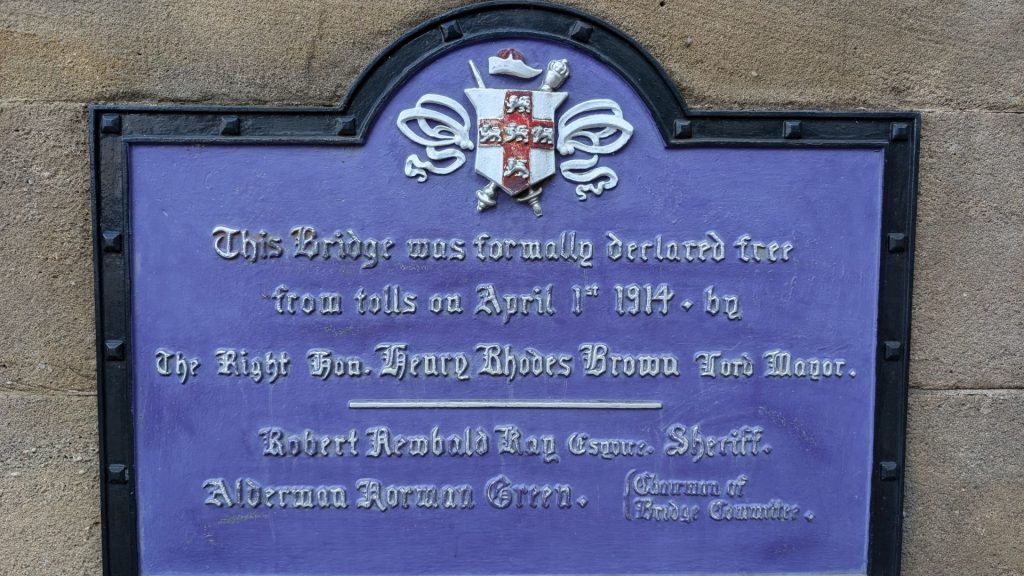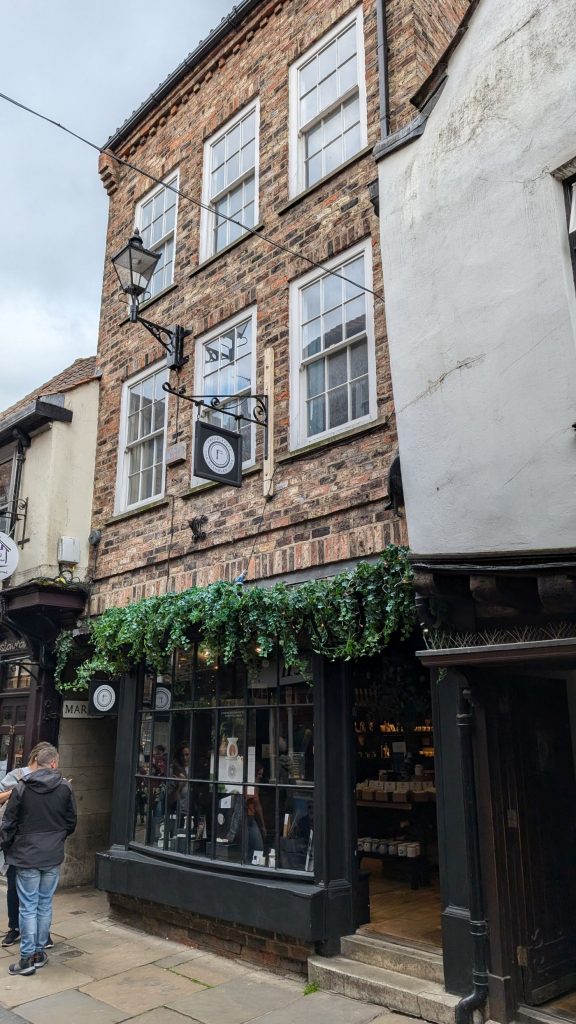Today we visited the castle before meeting up with a former colleague for a pint. I was excited to catch up with her, having just recently learned that she, her husband and two sons had moved from Minnesota USA to Dublin six months prior.
This is the town in which we stayed. It was about a 45 minute train ride to Dublin, then a 15-minute bus ride to the castle.

Dublin Castle
Dublin Castle is the heart of historic Dublin. It is one of the most important buildings in Irish history. The city gets its name from the Black Pool – ‘Dubh Linn’ – which was on the site of the present Castle garden where the River Liffey met the River Poddle. The original fortification may have been an early Gaelic Ring Fort. Later a Viking Fortress stood on this site. From 1204 until 1922 it was the seat of English, then British rule in Ireland. In 1922, following Ireland’s independence, Dublin Castle was handed over to the new Irish government. It is now a major government complex and a key tourist attraction.
After a fire in 1684 destroyed much of the Medieval Castle, the magnificent State Apartments were built as the residential quarters of the Viceregal court. They are now the venue for presidential inaugurations, official state visits, state functions, exhibitions and other events.
Paintings are a particular strength of the Dublin Castle collection, but it is also rich in sculpture, furniture, clocks, china, glassware, prints, tapestries, stained glass and textiles from the 17th century to the present day.
Battleaxe Staircase
The first thing you see when you enter the castle is the Battleaxe Staircase. This grand imperial staircase was the first of its type in Dublin. It dates from 1749. It takes its name from the Viceroy’s bodyguards, the Battleaxe Guards, who once stood guard at the top of it. In the dark days of January, candles were lit and red carpet was rolled out on this staircase, as the Viceroy prepared to host some of Ireland’s grandest banquets and balls during the annual social season.
At the top of the stairs above the double doors, visitors see the national emblem of Ireland, the harp. This emblem is unique, as Ireland is the only country in the world to have a musical instrument as its national symbol.
Today, the Battleaxe Staircase is the setting for the first formal photograph of each new President of Ireland.



